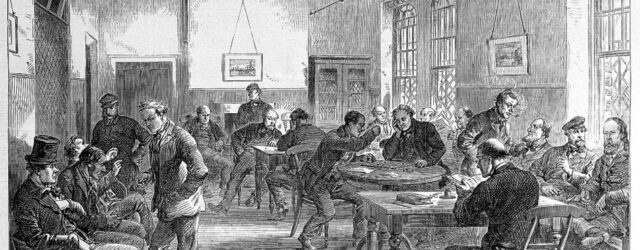M.Hamblin Smith published “The Psychology of the Criminal”. Hamblin Smith was the first person to call himself a criminologist and he believed in the treatment of criminals rather than the punishment of criminals, using psychoanalysis.
Charles Goring, a prison medical officer, published The English convict: a statistical study, and descriptive study of over 3000 English prisoners which demonstrated that Lombroso’s theories were misconceived. He concluded “the physical and mental constitution of both criminal and law-abiding… Continue reading →
First mention of the idea of an “epileptic personality”. (Eugenio Tanzi, Italian neuroscientist)
In keeping with many other biomedical sciences such as neuroscience, physiology, pharmacology, the 20th Century witnessed progress in research of forensic psychiatry, forensic psychotherapy and criminology, as well as increasing attention being given to areas of the treatment of the… Continue reading →
Broadmoor was full and the situation was described as “desperate”: Rampton Hospital was announced and Broadmoor extended.
The Gladstone Committee Report was published by the Home Office (Cmnd.7702). It said that reform and rehabilitation should be the primary objectives of imprisonment. It contained the important maxim that prisoners went to prison as punishment and not for parchment.… Continue reading →
The 1887 Criminal Lunatics Act allowed transfer of sentenced prisoners who were “unfit from imbecility of mind for penal discipline.
Cesare Lombroso, regarded as the founder of criminology, on the mainland of Europe, published L’uomo Delinquent (Delinquent Man). He believed that one third of criminals are distinguished from non-criminals by multiple physical anomalies. He suggested that criminals represented a reversion to… Continue reading →
Dr Maudsley attempted to persuade lawyers and lawmakers that the M’Naughten Rules are impractical and unjust and he also set out a classification system of the different forms of mental disorder archive.org/Maudsley/Responsibility
Forensic psychiatry developments in Scotland were later than those in England and Wales and they began in a prison setting at Perth.










